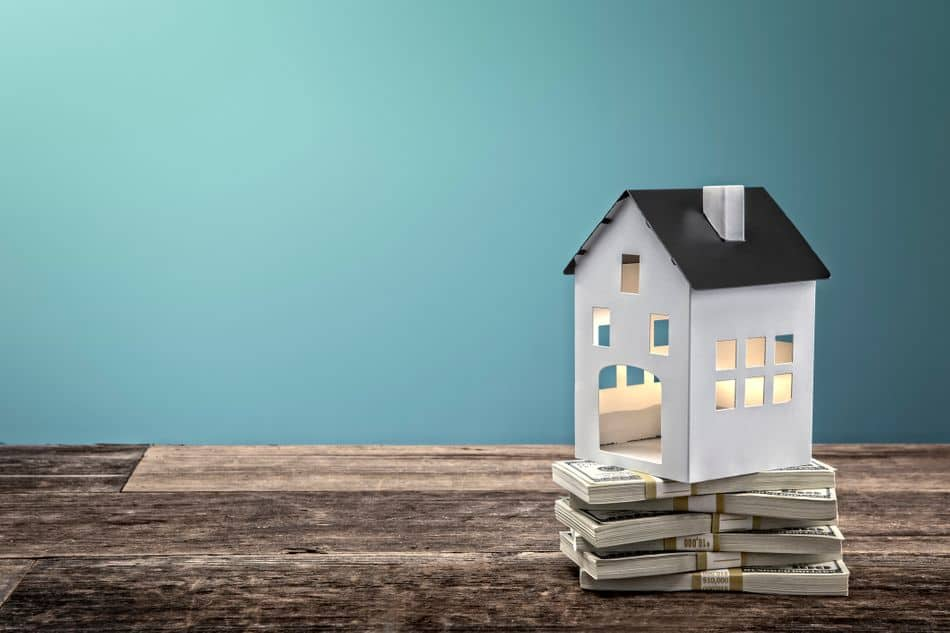
A Home equity line of credit (HELOC) is a credit card tied to the equity in your home. This credit card is great for seniors and can be used as a consolidation tool. It does have some drawbacks. Here are the pros and cons of this credit card.
Credit line for home equity
Home equity loans are secured by your equity in your home. The lender can lend between 60% and 85% of your equity depending on how much you have. These loans offer flexibility and lower interest rates but they also have some drawbacks.
While a home equity line credit can be a good financial option, there are some pros and con's that you need to know. First, it is a loan, and you'll have to pay interest on the full loan amount immediately. You may also be charged an inactivity charge by some lenders if the funds aren't used within a given time.
It is a credit card that you can link to the equity in your home.
HELOCs are revolving credit lines similar to credit cards that are tied to equity in your home. You can use it to purchase large items or to repay higher-interest debt. You can borrow however much you wish, but only up to what you have. This type of credit usually has a lower interest rate than other loans and may even be tax-deductible.

You can use your HELOC for major purchases or for a vacation. It can also be used for reducing high-interest debt, paying for a new car, or even paying unexpected expenses. The credit line is tied with your equity and you shouldn't use it for major purchases. Lenders will evaluate your ability to repay the credit line as well as other financial obligations.
It is an excellent option for elderly homeowners
A HELOC is a revolving line of credit. This allows seniors to borrow money without having to make a down payment. These loans can be secured by the equity of the homeowner. If you are unable or unwilling to make the payments, the lender has the right to repossess the property. In addition, a HELOC can be used to finance educational expenses for children or grandchildren. It can be used to fund home improvements and medical bills.
HELOCs also offer low interest rates. Compared to a reverse mortgage, they are considerably cheaper and offer more flexibility. But they have their disadvantages.
It can be used for consolidating debt
A HELOC can be a great way consolidate your debt and simplify your finances. Combining all your debt can help you reduce interest costs. HELOCs typically have lower interest rates than secured personal loans or credit cards. Citizens offers two repayment options and supports you through every step of the process. You can borrow the equity from your home to pay your high interest debt.
HELOCs can be used to pay high interest credit card bills. The HELOC has a longer term than a credit card so you have more flexibility with your payments. Additional payments can be made to the HELOC's principle balance, which will lower your total interest. One advantage to using a HELOC for consolidating debt is its ability to improve your credit score.

It can be used to buy a second home
When you use your HELOC to purchase a second home, you are only paying interest on what you use. HELOCs have a lot of flexibility which makes them attractive. HELOCs allow you to use equity from your home to pay off your debt. The income from your investment property can offset the debt. If you have sufficient income to cover the mortgage payments, you may be eligible to buy the second home with the income that you get from it. However, you should be aware that you will be exposed to changes in the housing market.
Additional capital may be required to finance the down payment, and other expenses, if you're looking to buy a second residence. HELOCs may be taken out against the equity in your existing house. However, you will not be able to take out a HELOC if your current home is still on the market.
FAQ
How do I fix my roof
Roofs can leak because of wear and tear, poor maintenance, or weather problems. Minor repairs and replacements can be done by roofing contractors. Contact us for further information.
How many times can I refinance my mortgage?
This will depend on whether you are refinancing through another lender or a mortgage broker. In either case, you can usually refinance once every five years.
What are the drawbacks of a fixed rate mortgage?
Fixed-rate loans are more expensive than adjustable-rate mortgages because they have higher initial costs. Additionally, if you decide not to sell your home by the end of the term you could lose a substantial amount due to the difference between your sale price and the outstanding balance.
Statistics
- Over the past year, mortgage rates have hovered between 3.9 and 4.5 percent—a less significant increase. (fortunebuilders.com)
- It's possible to get approved for an FHA loan with a credit score as low as 580 and a down payment of 3.5% or a credit score as low as 500 and a 10% down payment.5 Specialty mortgage loans are loans that don't fit into the conventional or FHA loan categories. (investopedia.com)
- Private mortgage insurance may be required for conventional loans when the borrower puts less than 20% down.4 FHA loans are mortgage loans issued by private lenders and backed by the federal government. (investopedia.com)
- The FHA sets its desirable debt-to-income ratio at 43%. (fortunebuilders.com)
- When it came to buying a home in 2015, experts predicted that mortgage rates would surpass five percent, yet interest rates remained below four percent. (fortunebuilders.com)
External Links
How To
How do you find an apartment?
When moving to a new area, the first step is finding an apartment. This involves planning and research. This includes researching the neighborhood, reviewing reviews, and making phone call. Although there are many ways to do it, some are easier than others. Before renting an apartment, it is important to consider the following.
-
Researching neighborhoods involves gathering data online and offline. Online resources include websites such as Yelp, Zillow, Trulia, Realtor.com, etc. Local newspapers, real estate agents and landlords are all offline sources.
-
See reviews about the place you are interested in moving to. Yelp, TripAdvisor and Amazon provide detailed reviews of houses and apartments. You can also find local newspapers and visit your local library.
-
Call the local residents to find out more about the area. Talk to those who have lived there. Ask them about what they liked or didn't like about the area. Ask them if they have any recommendations on good places to live.
-
Be aware of the rent rates in the areas where you are most interested. Renting somewhere less expensive is a good option if you expect to spend most of your money eating out. On the other hand, if you plan on spending a lot of money on entertainment, consider living in a more expensive location.
-
Find out more information about the apartment building you want to live in. For example, how big is it? How much is it worth? Is it pet-friendly What amenities does it offer? Can you park near it or do you need to have parking? Are there any rules for tenants?